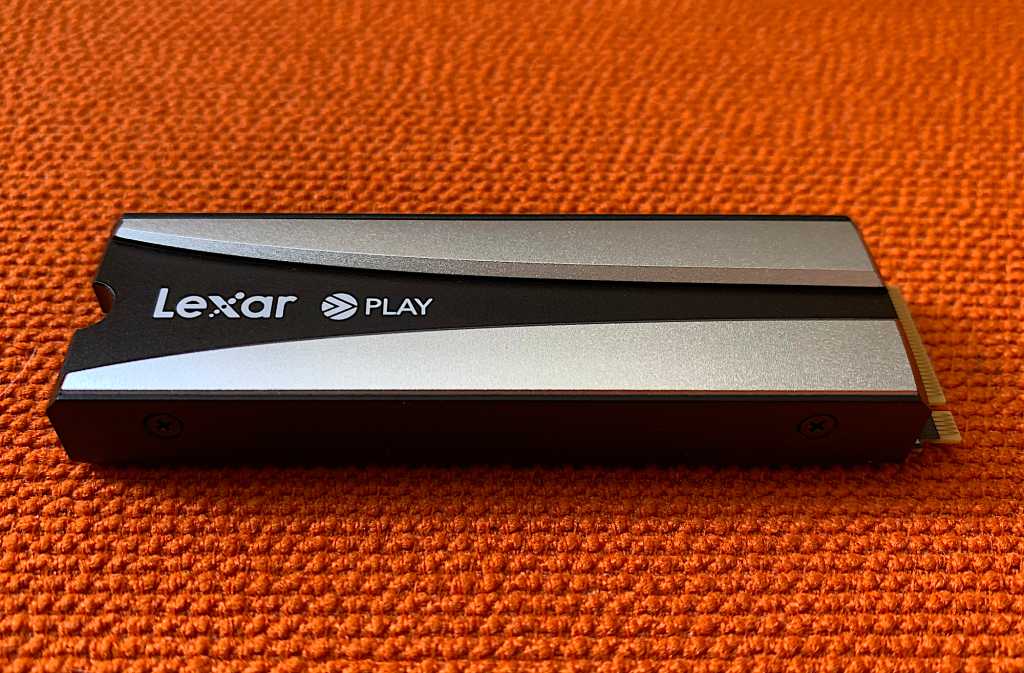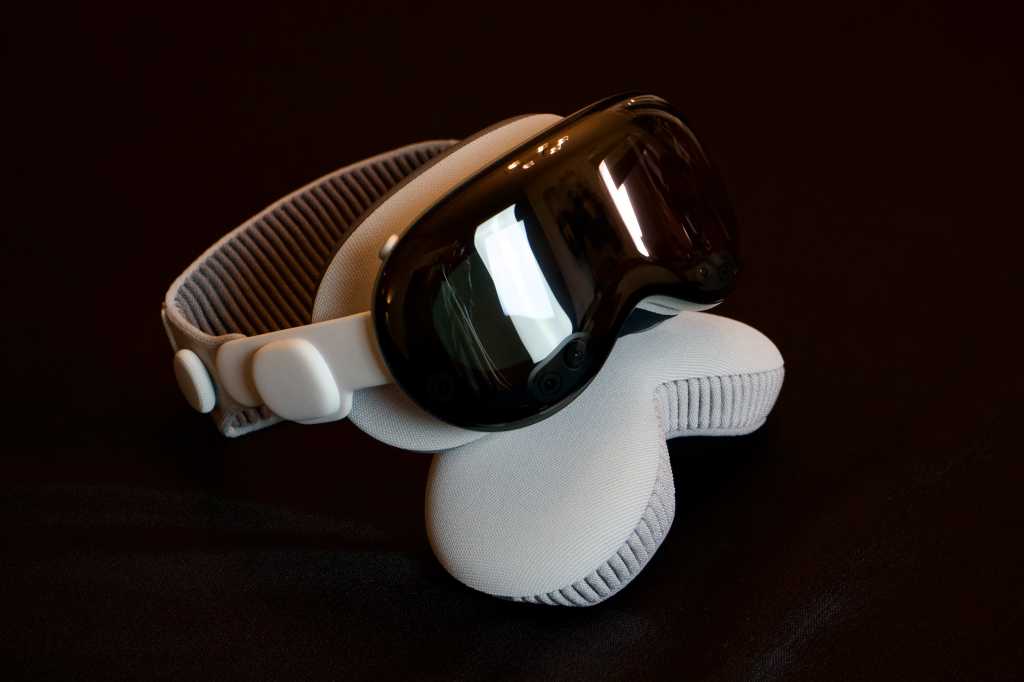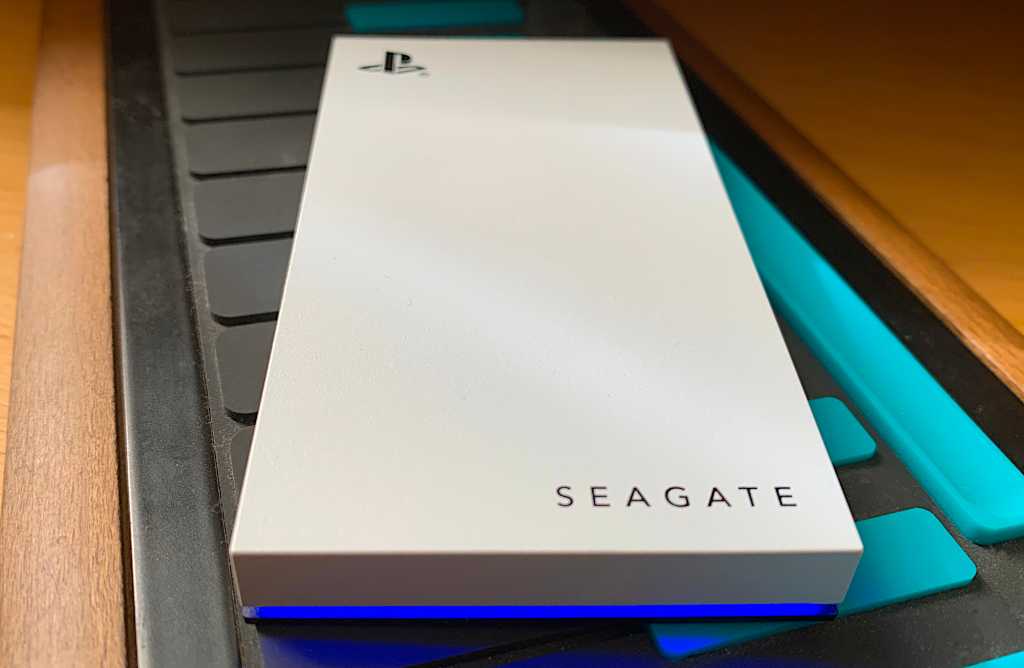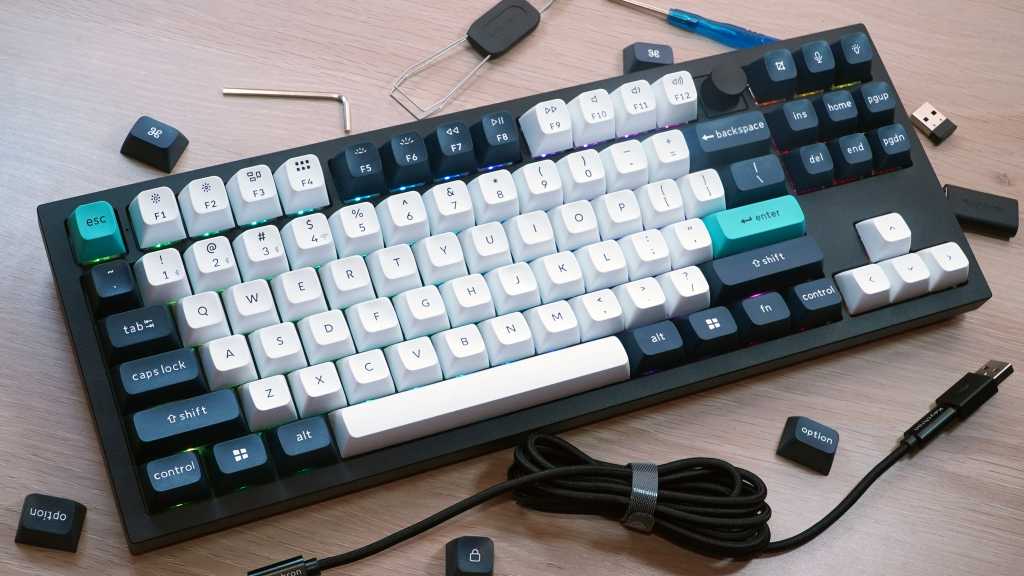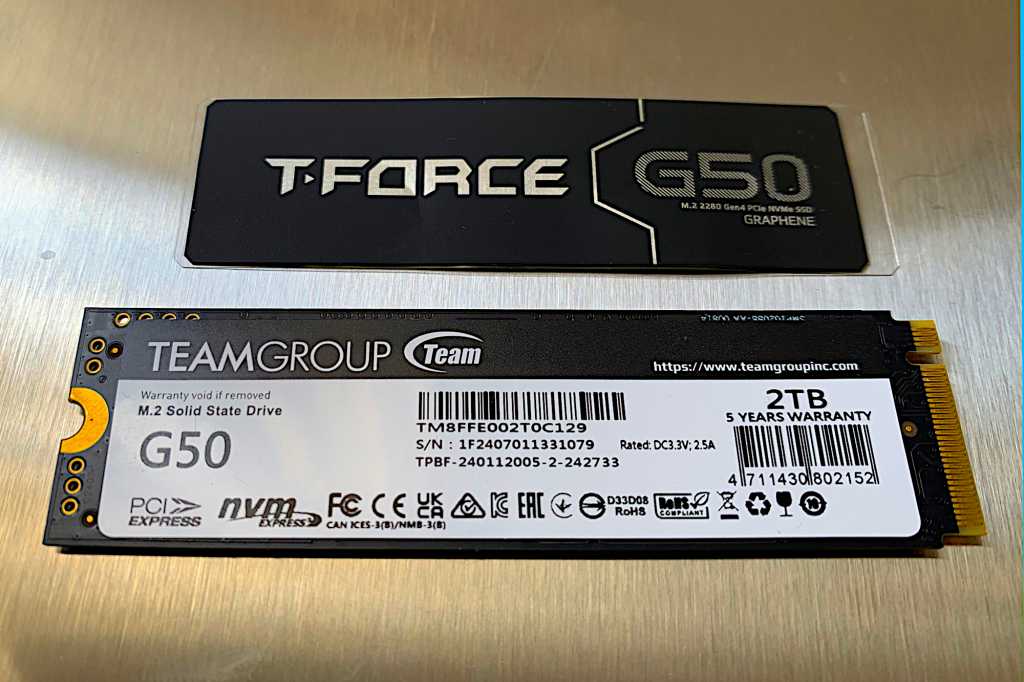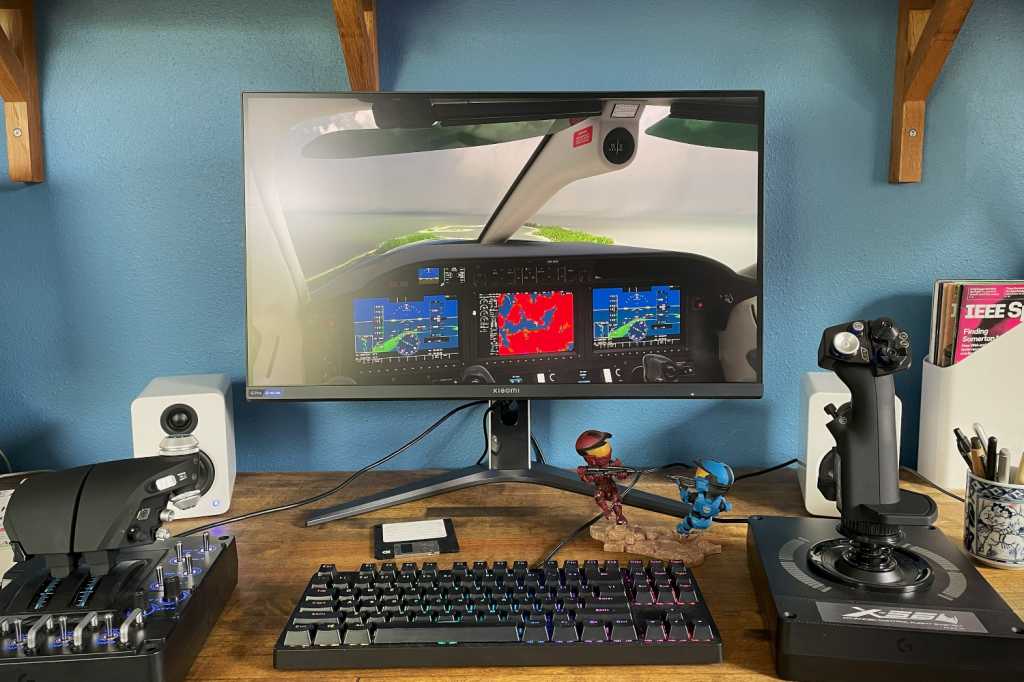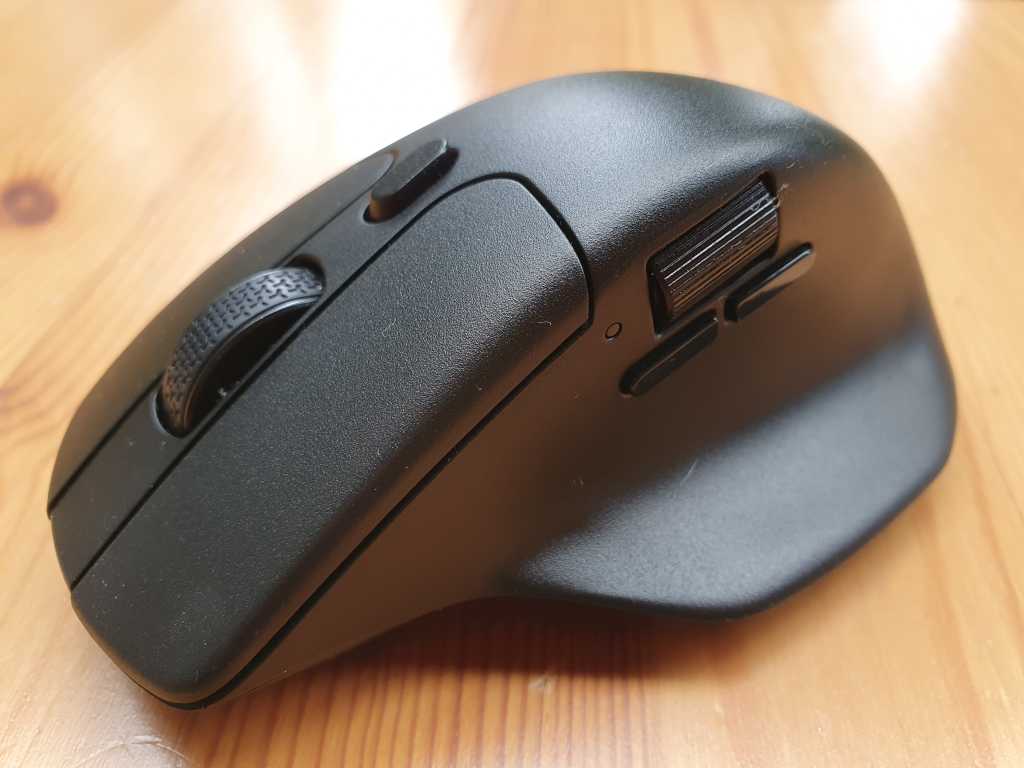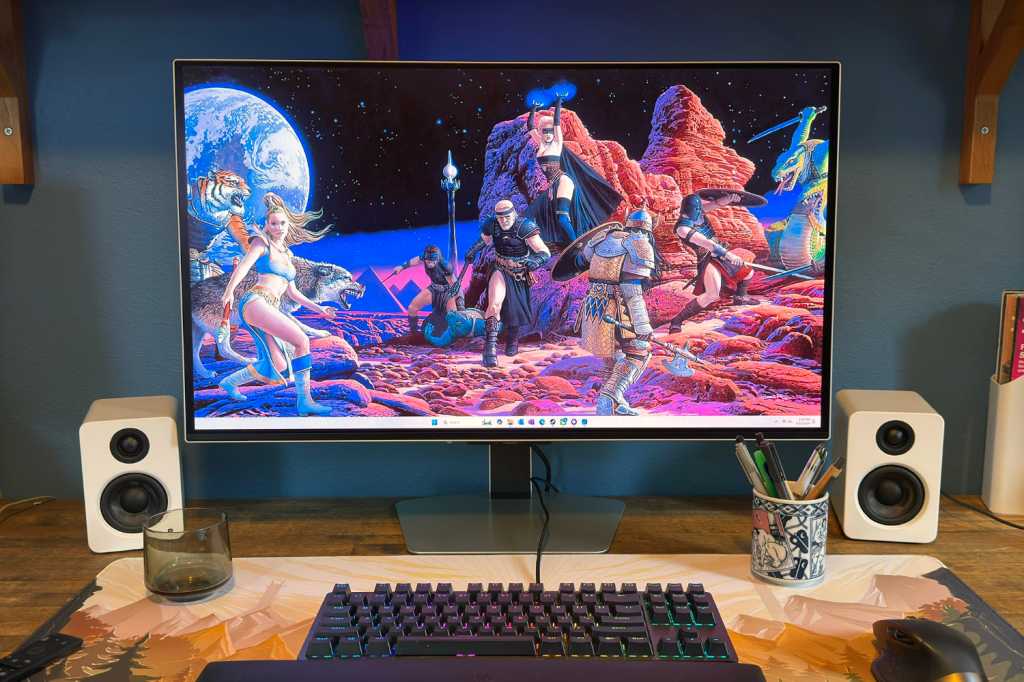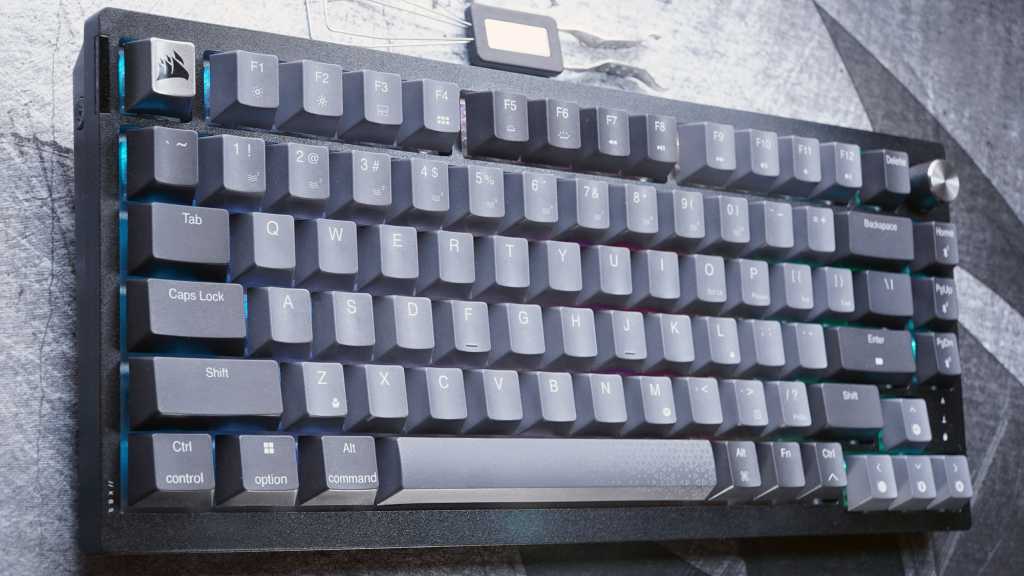The Lexar Play 2280 SSD boasts a sleek design and impressive sequential speeds. However, its high price point and reliance on Host Memory Buffer (HMB) technology make it a questionable choice for PlayStation 5 users, its target audience. This review delves into the Play 2280’s performance, features, and value proposition to determine whether it lives up to the hype.
Lexar markets the Play 2280 as the “perfect” storage solution for the PS5, but this claim doesn’t quite hold up. While the drive functions in a PS5, its HMB architecture isn’t supported by the console, hindering its full potential. This review explores this discrepancy and analyzes the drive’s overall performance in a PC environment.
Lexar Play 2280: Features and Specifications
The Lexar Play 2280 is a standard 2280 form factor (22mm wide, 80mm long) NVMe SSD with a PCIe 4 x4 interface. It utilizes fast TLC NAND managed by a Maxio MAP1602A-FC3 controller. This controller signifies the Play 2280’s reliance on HMB, meaning it leverages your system’s memory for primary caching. While HMB designs often offer competitive sequential transfer speeds and lower costs compared to DRAM-equipped SSDs, they generally lag in random performance. A key issue arises with the PS5’s lack of HMB support, preventing the Play 2280 from reaching its optimal performance on the console.
 Sony’s official PlayStation website clarifies storage requirements.
Sony’s official PlayStation website clarifies storage requirements.
One standout feature of the Lexar Play 2280 is its robust thermal management. Both the top and bottom of the SSD are equipped with thermal tape to maximize heat transfer between the heatsink and the mounting tray. This thorough thermal protection is a welcome addition.
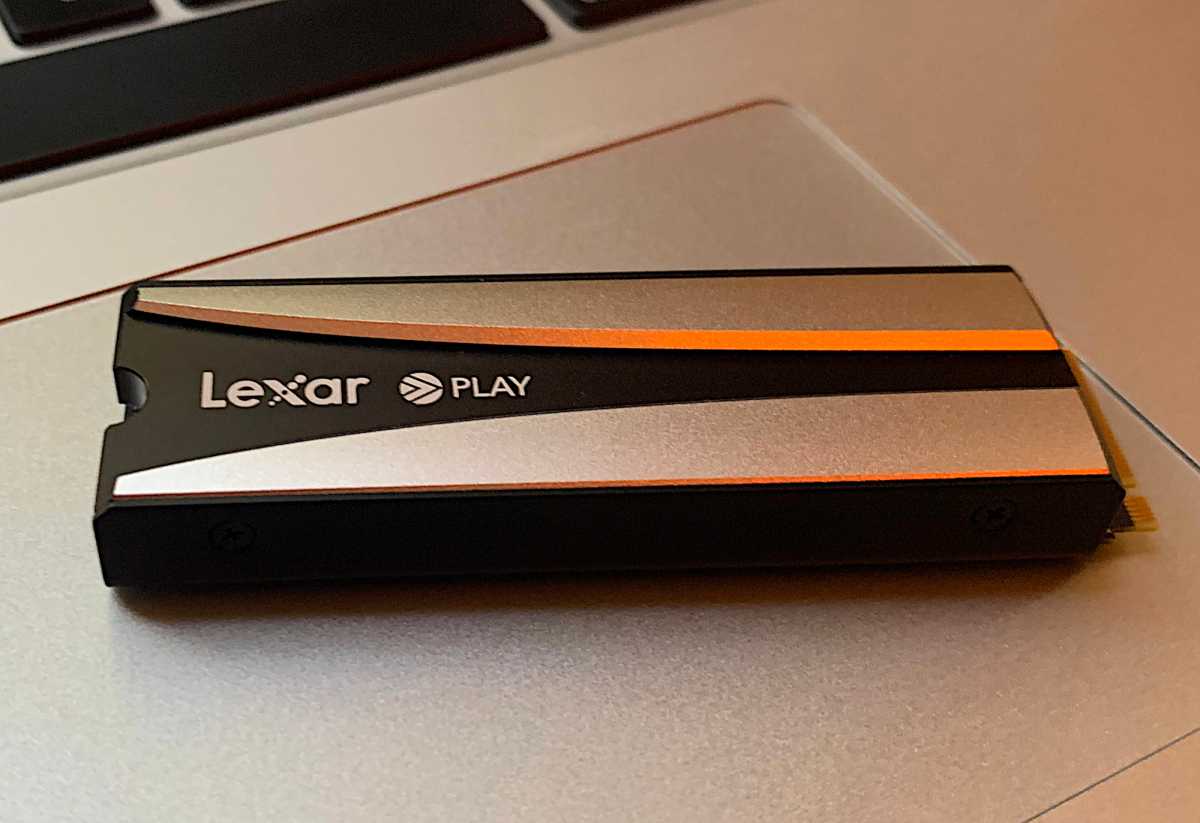 The Lexar Play 2280 SSD showcasing its sleek design.
The Lexar Play 2280 SSD showcasing its sleek design.
Lexar backs the Play 2280 with a five-year warranty and an 800TBW (Terabytes Written) endurance rating per 1TB of capacity. This generous TBW rating surpasses the average SSD’s 600TBW, indicating a longer lifespan.
Lexar Play 2280: Price and Value
The 4TB version of the Lexar Play 2280 retails for $380 (though sometimes available at a discounted price on Amazon). A 2TB version is slated for release, and an 8TB variant is expected to follow. These prices are significantly higher than other HMB-based SSDs, even those using slower QLC NAND.
 Lexar’s marketing of the Play 2280 as “perfect” for the PS5 is misleading, given the console’s lack of HMB support.
Lexar’s marketing of the Play 2280 as “perfect” for the PS5 is misleading, given the console’s lack of HMB support.
The Play 2280 is also more expensive than DRAM-equipped PCIe 4.0 SSDs like the Solidigm P44 Pro or Crucial T500. These DRAM-based drives offer superior performance, particularly in random operations, making them a better fit for the PS5.
Lexar Play 2280: Performance Analysis
The Play 2280’s performance presents a mixed bag. While it excels in sequential read and write speeds, its 4K random performance with a 64GB data set in CrystalDiskMark 8 was underwhelming. However, using a smaller 10GB data set in AS SSD 2.0 yielded more typical 4K results.
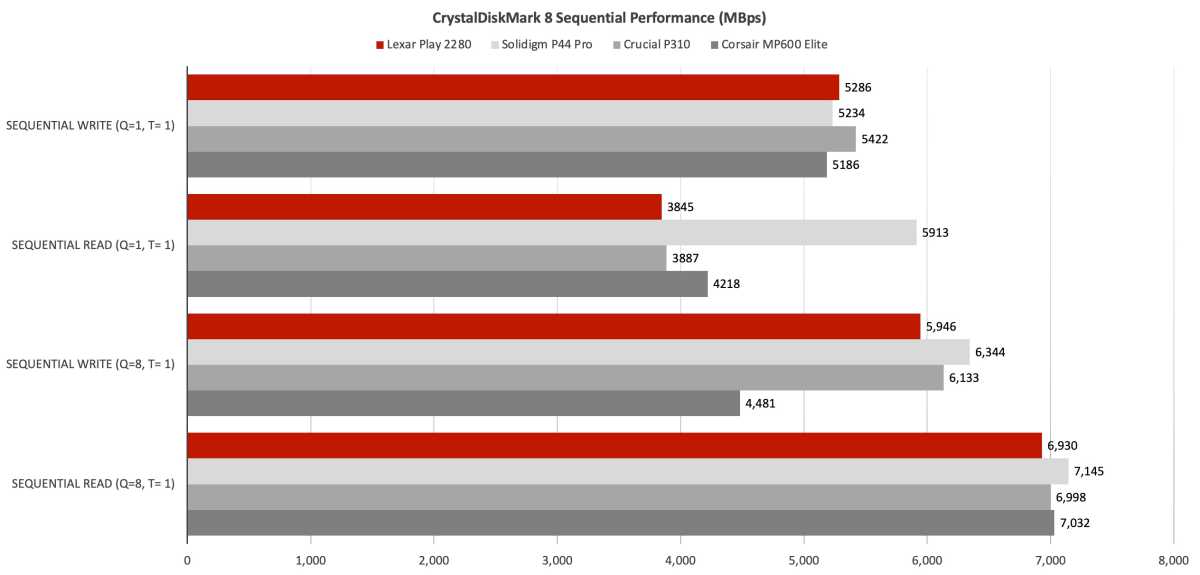 CrystalDiskMark 8 sequential test results highlight the Play 2280’s strengths.
CrystalDiskMark 8 sequential test results highlight the Play 2280’s strengths.
Reducing the data set to 32GB in CrystalDiskMark 8 significantly improved the 4K performance figures. However, the benchmark comparisons presented here utilize the standard 64GB data set for consistency.
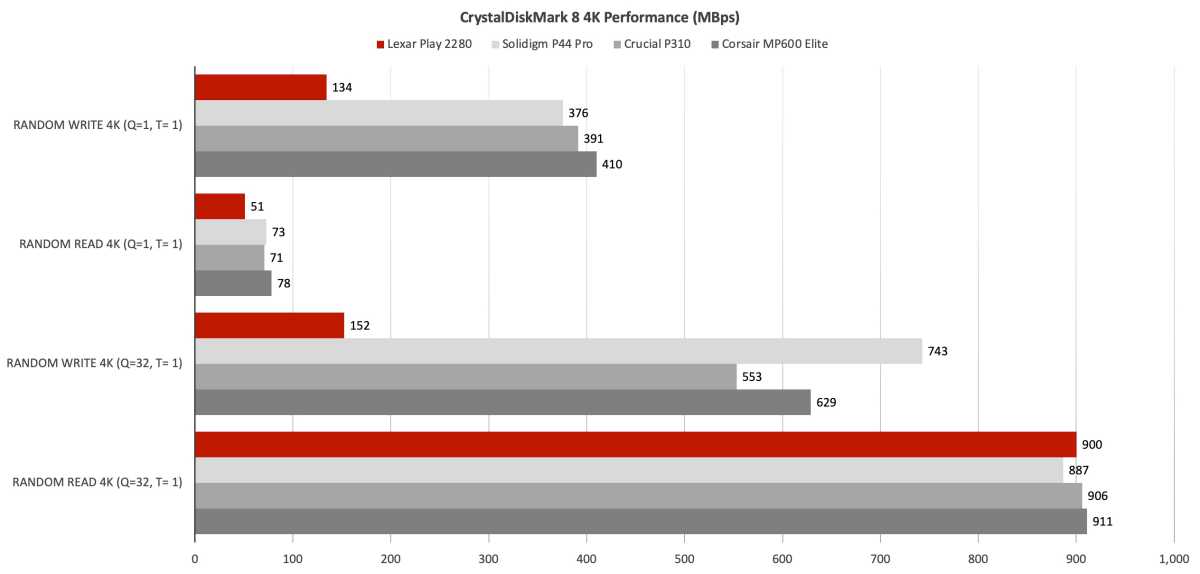 4K random performance results from CrystalDiskMark 8, showcasing the Play 2280’s weakness in this area.
4K random performance results from CrystalDiskMark 8, showcasing the Play 2280’s weakness in this area.
In real-world file transfer tests using Windows 11 on a PC, the Play 2280 performed well with 48GB and 450GB files. It’s important to note that these results may not directly translate to PS5 performance due to the console’s different architecture.
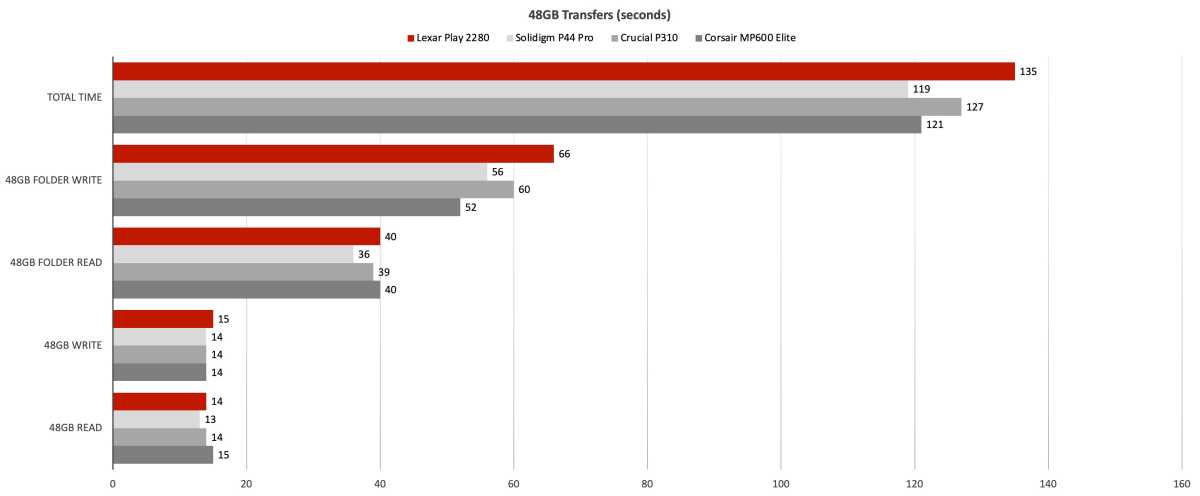 Real-world 48GB file transfer test results.
Real-world 48GB file transfer test results.
The Play 2280’s 4TB capacity gave it a slight edge in the 450GB single file write test. While HMB SSDs tend to perform well in this scenario, the PS5’s lack of HMB support negates this advantage.
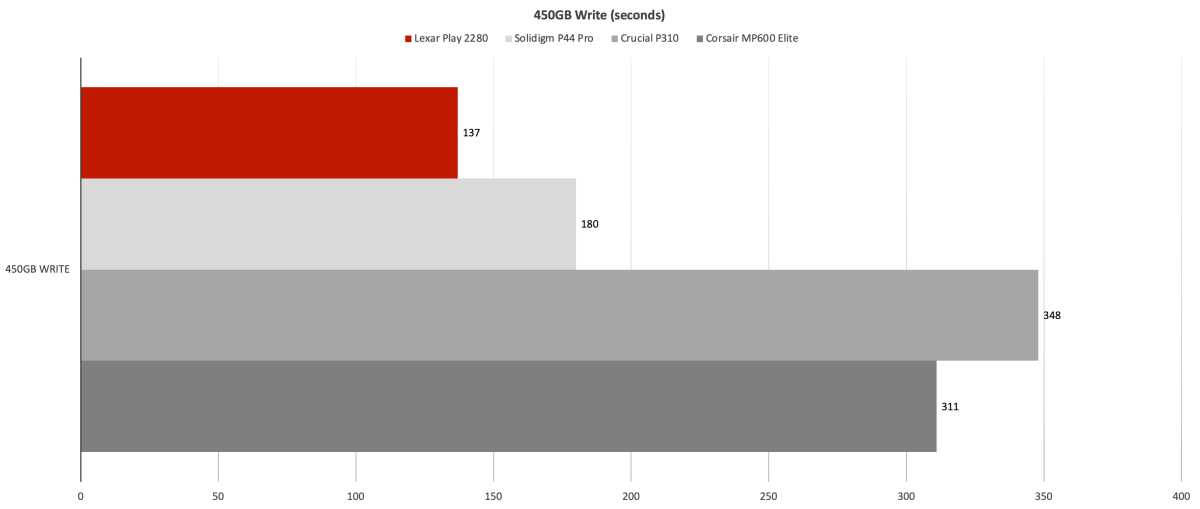 Real-world 450GB file transfer test results.
Real-world 450GB file transfer test results.
Despite its shortcomings, the Play 2280’s use of fast TLC NAND is commendable. It maintained write speeds over 700MBps even after exceeding its secondary cache.
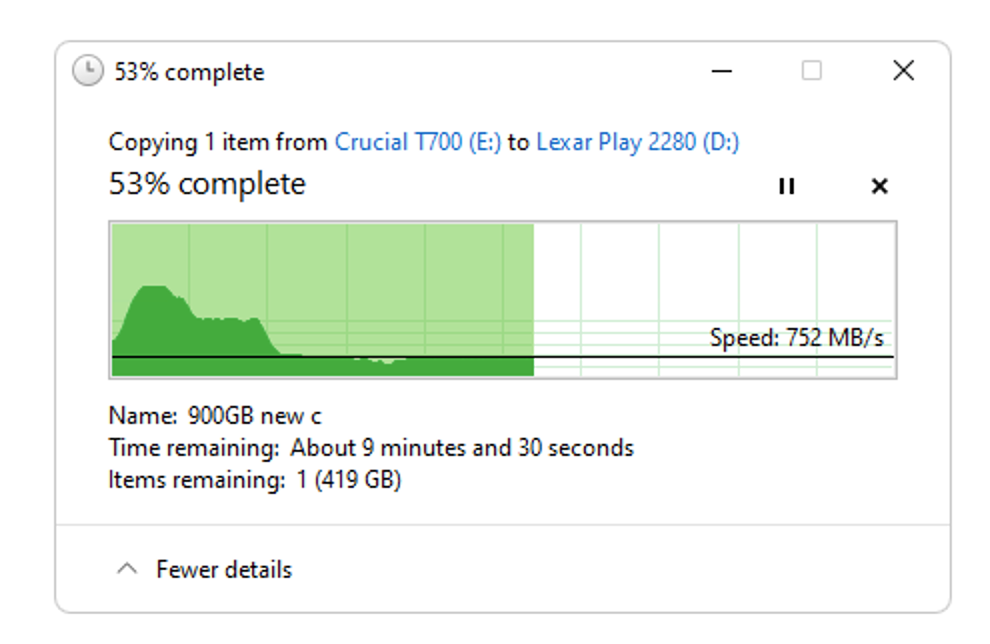 Sustained write speed test demonstrating the Play 2280’s TLC NAND performance.
Sustained write speed test demonstrating the Play 2280’s TLC NAND performance.
Lexar Play 2280: Final Verdict
While the Play 2280 isn’t a bad drive for PC users, it’s not recommended for PlayStation 5 owners. Its high price for an HMB design, coupled with the PS5’s lack of HMB support, makes it a poor value proposition for console gamers. For optimal PS5 performance, opt for a DRAM-based SSD like the Solidigm P44 Pro or Crucial T500. If you’re set on an HMB drive, consider more budget-friendly alternatives like the Teamgroup T-Force G50. The Lexar Play 2280’s attractive design and good sequential speeds are overshadowed by its pricing and incompatibility with its target market.



